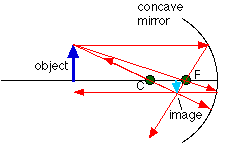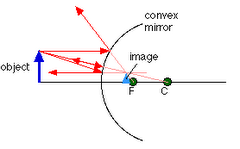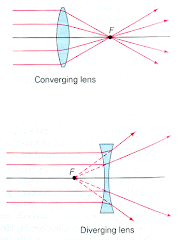The first periodic test is over! That means:
New quarter, project, lessons, assignments, quizzes, tests and a new blog...
What will happen to this quarter?...
Wednesday, August 22, 2007
New Blog 4 a New Quarter
Posted by
Emil
at
6:17 AM
0
comments
![]()
Sunday, August 5, 2007
The Law of Reflection
The incident, normal, and reflected ray are all in the same plane.
The theta-r (angle of reflection) = theta-i (angle of incidence).
Posted by
Emil
at
3:05 AM
0
comments
![]()
Saturday, August 4, 2007
Eye and the Camera
- bends light rays so that they form a clear image at the back of the eye – on the retina. As the lens is elastic, it can change shape, getting fatter to focus close objects and thinner for distant objects.
Pupil / Aperture
- the entrance of light.
Iris / Diaphragm
- changes the size of the pupil / aperture and allows different amounts of light to enter the eye / camera.
Retina / Film
- produces an image which is sent along the optic nerve for the brain to interpret, rather like developing a camera film.
Choroid / Dark internal Surface
- absorbs excessive light to prevent multiple images formation.
Difference
- their focusing mechanism
-camera changes the distance between the lens and the film.
-the human eye changes the focal length of lens using the ciliary muscles.
Posted by
Emil
at
8:37 AM
1 comments
![]()
Mirror
the image is erect
may produce a real or virtual image
has a positive magnification
object was facing the front of the mirror
the image is inverted
always produce virtual image
has a negative magnification
object is place behind the mirror
Posted by
Emil
at
7:30 AM
0
comments
![]()





